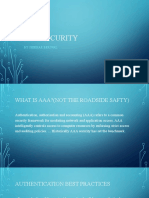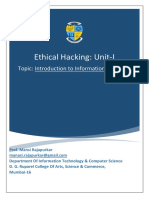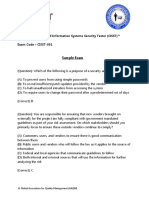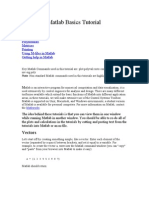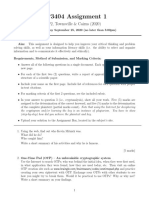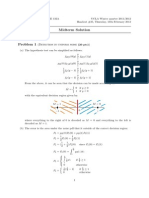0% found this document useful (0 votes)
46 views58 pagesLecture 03 - Asymmetric Encryption
The document discusses asymmetric encryption, highlighting its advantages over symmetric encryption, particularly in key distribution. It explains the concept of matched key pairs, including public and private keys, and introduces algorithms like RSA and Diffie-Hellman. Additionally, it covers the importance of randomness in key generation and the mathematical principles underlying these encryption methods.
Uploaded by
ng hiu lamCopyright
© © All Rights Reserved
We take content rights seriously. If you suspect this is your content, claim it here.
Available Formats
Download as PDF, TXT or read online on Scribd
0% found this document useful (0 votes)
46 views58 pagesLecture 03 - Asymmetric Encryption
The document discusses asymmetric encryption, highlighting its advantages over symmetric encryption, particularly in key distribution. It explains the concept of matched key pairs, including public and private keys, and introduces algorithms like RSA and Diffie-Hellman. Additionally, it covers the importance of randomness in key generation and the mathematical principles underlying these encryption methods.
Uploaded by
ng hiu lamCopyright
© © All Rights Reserved
We take content rights seriously. If you suspect this is your content, claim it here.
Available Formats
Download as PDF, TXT or read online on Scribd
/ 58


























